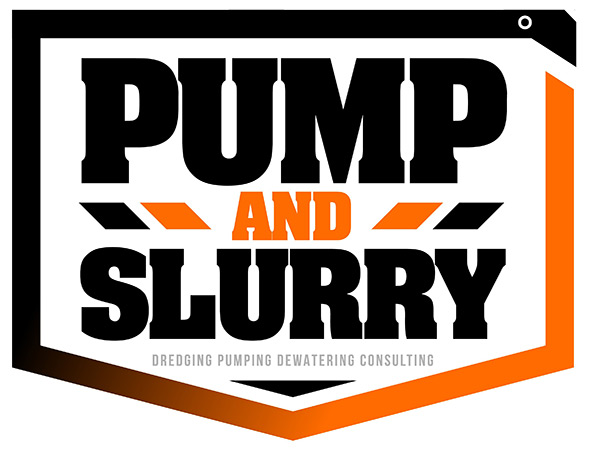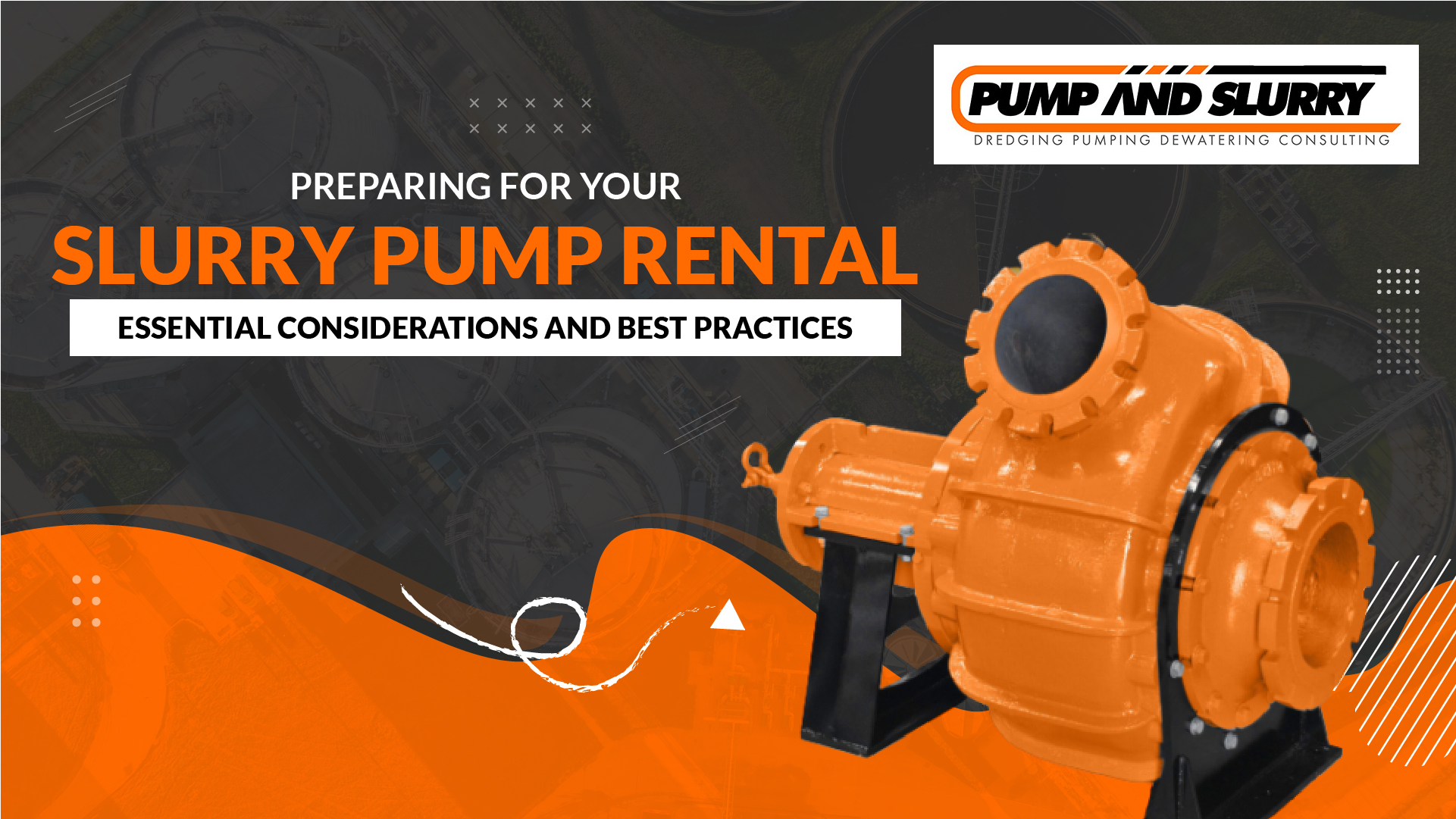
Introduction
Slurry pumps are specialized pumps designed to transport fluids containing solid particles. They are commonly used in industries such as mining, dredging, and wastewater management, where thick, abrasive, or corrosive slurries need to be efficiently moved. Opting for a slurry pump rental can be an economical and effective solution for many projects, but it requires proper planning and preparation to ensure success.
This blog will guide you through the essential considerations and best practices for preparing for your pump rental. From understanding your project requirements to ensuring efficient operation and safety, this article will help you make informed decisions to get the most out of your rental experience.
Understanding Your Project Requirements
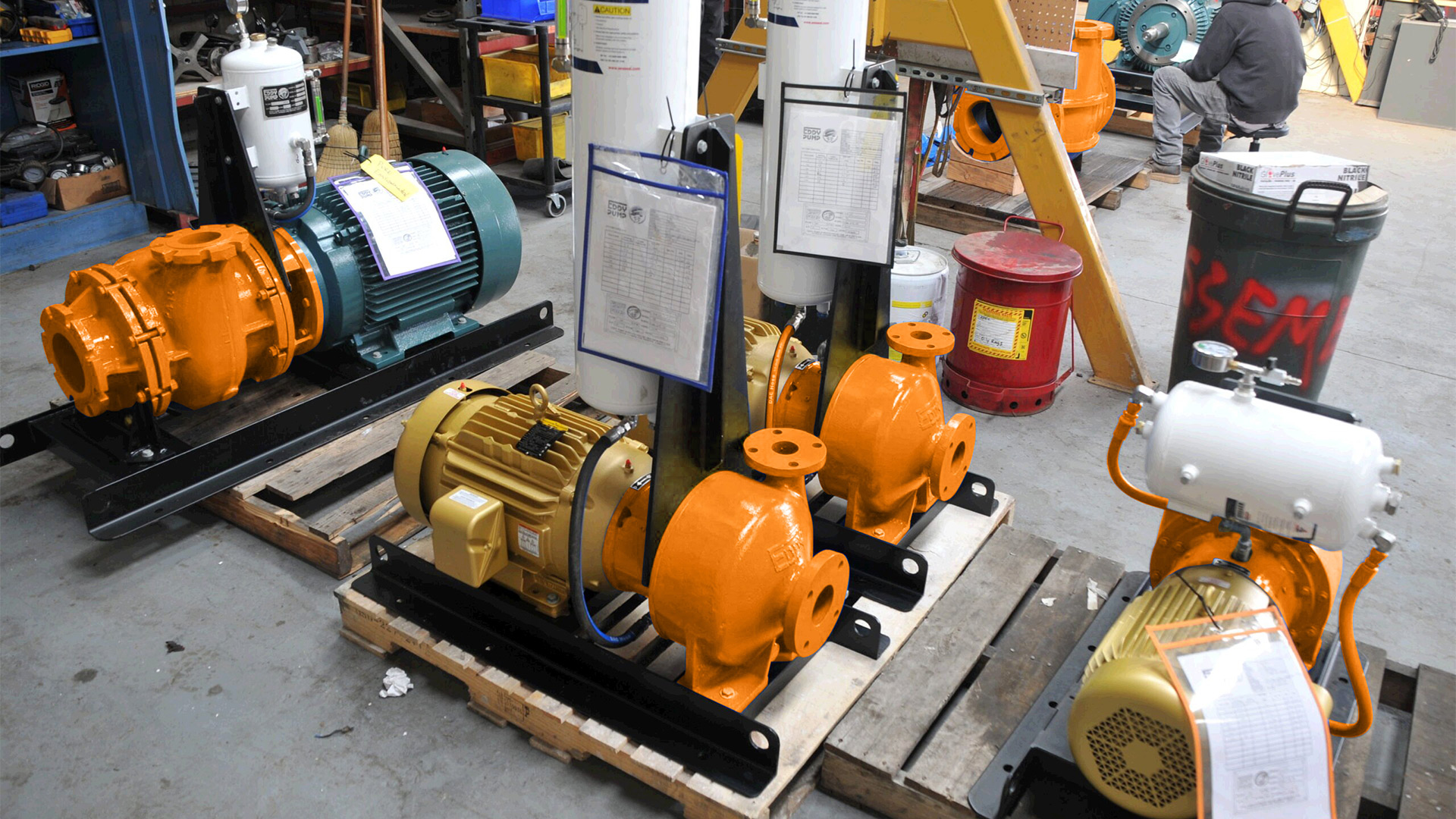
The first step in preparing for a pump rental is understanding the specific needs of your project. This involves three key factors:
Identifying the type of slurry: Slurries can vary significantly in terms of abrasiveness, corrosiveness, and viscosity. Abrasive slurries may contain sharp particles that can wear down pump components, while corrosive slurries may damage internal parts over time. Highly viscous slurries can pose additional challenges by increasing the strain on the pump. Accurately identifying the type of slurry you’ll be handling ensures you select the right equipment for your hydraulic slurry pump rental.
Estimating the required pump capacity and flow rate: The pump’s flow rate, typically measured in gallons per minute (GPM) or liters per second (L/s), must match the demands of your project. An undersized pump can lead to inefficiencies and delays, while an oversized pump may consume unnecessary energy during the Sludge Pump rental period.
Determining the specific application: The choice of pump will be affected by whether it will be used for mining, dredging, wastewater management, or another application. Some industries may have specific regulatory or environmental requirements that must be considered during the rental process to ensure the right match for your pump rentals.
Selecting the Right Slurry Pump for the Job
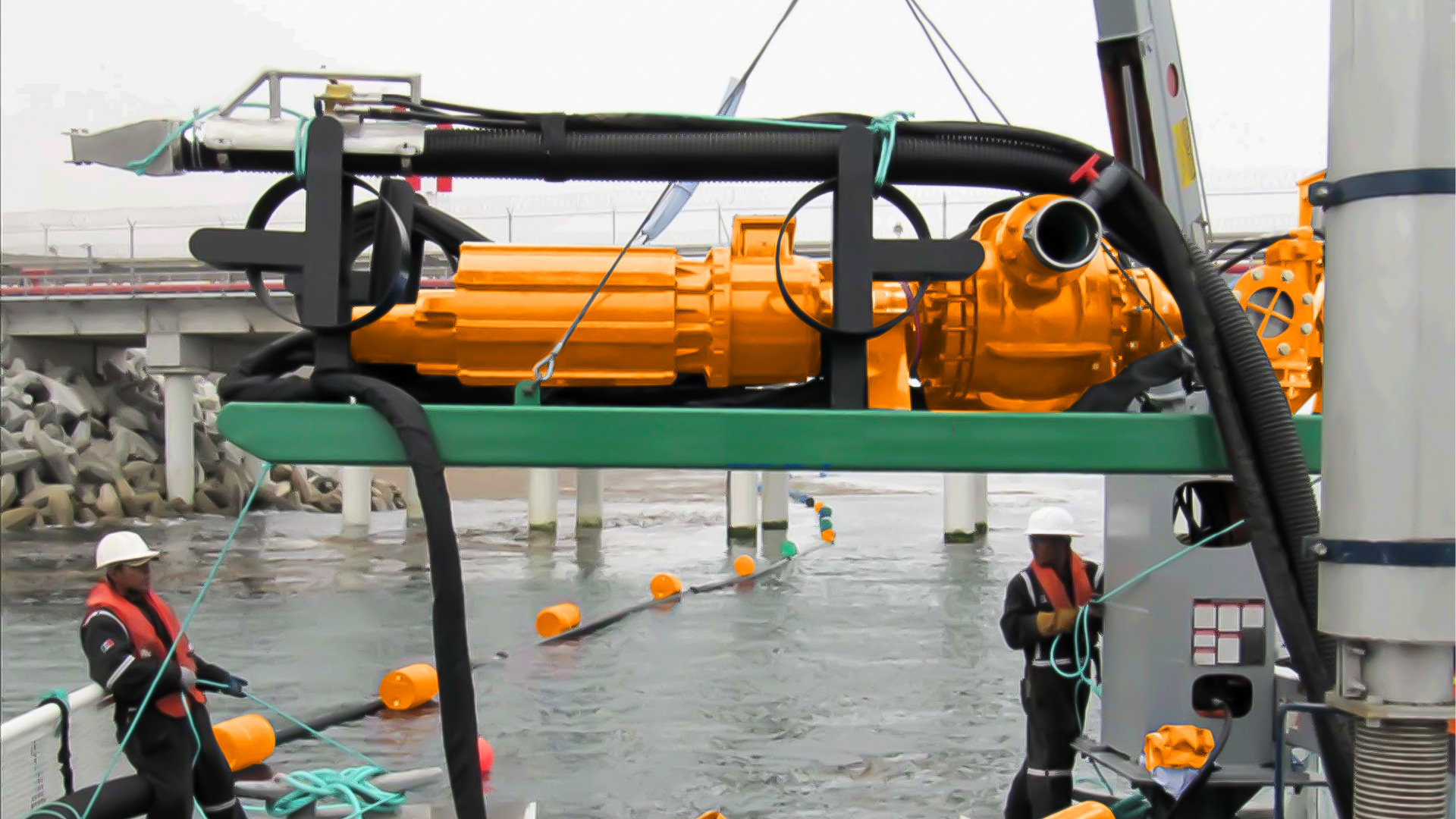
Choosing the correct slurry pump is crucial for the efficiency and success of your project. Several types of pumps are available for rental, each suited for different applications:
Horizontal slurry pumps: These pumps are commonly used in mining and other heavy-duty applications where space is available. They offer high efficiency and are easier to maintain than some other pump types.
Vertical slurry pumps: Often used in applications with limited space, vertical slurry pumps are ideal for handling abrasive slurries and are well-suited for sump pumping or other confined environments.
Submersible slurry pumps: These pumps operate fully submerged in the slurry, making them perfect for dredging or other underwater applications. They are compact and can handle large volumes of slurry without the need for additional suction piping, making them ideal for a hydraulic slurry pump rental.
To ensure the best match between pump type and project needs, consult with a slurry pump specialist or your rental provider. They can help you navigate the options and select the right pump to fit your project’s technical and budgetary requirements.
Key Rental Considerations
When planning a pump rental, there are several logistical factors to keep in mind:
Availability of the required pump size and specifications: Ensure that the rental provider has the right pump available with the necessary specifications to meet your project’s demands. Some pumps may require specific attachments or modifications, so planning is crucial when selecting from pump rentals.
Rental duration and terms: Determine whether your project requires a short-term or long-term rental. Many providers offer flexible rental terms, but it’s important to clarify any penalties or fees associated with extending the rental period for your slurry pump rental.
Transport logistics: Coordinate how the pump will be delivered to your project site and returned after use. Some pumps, especially large industrial models, may require special transport arrangements.
Insurance and liability coverage: Renting heavy equipment like slurry pumps involves risk, so check that insurance is in place to cover any damage or malfunction during the rental period. Verify whether the slurry pump rental company offers liability coverage or if you need to provide your own, especially for a hydraulic slurry pump rental.
Preparing Your Site for Pump Installation
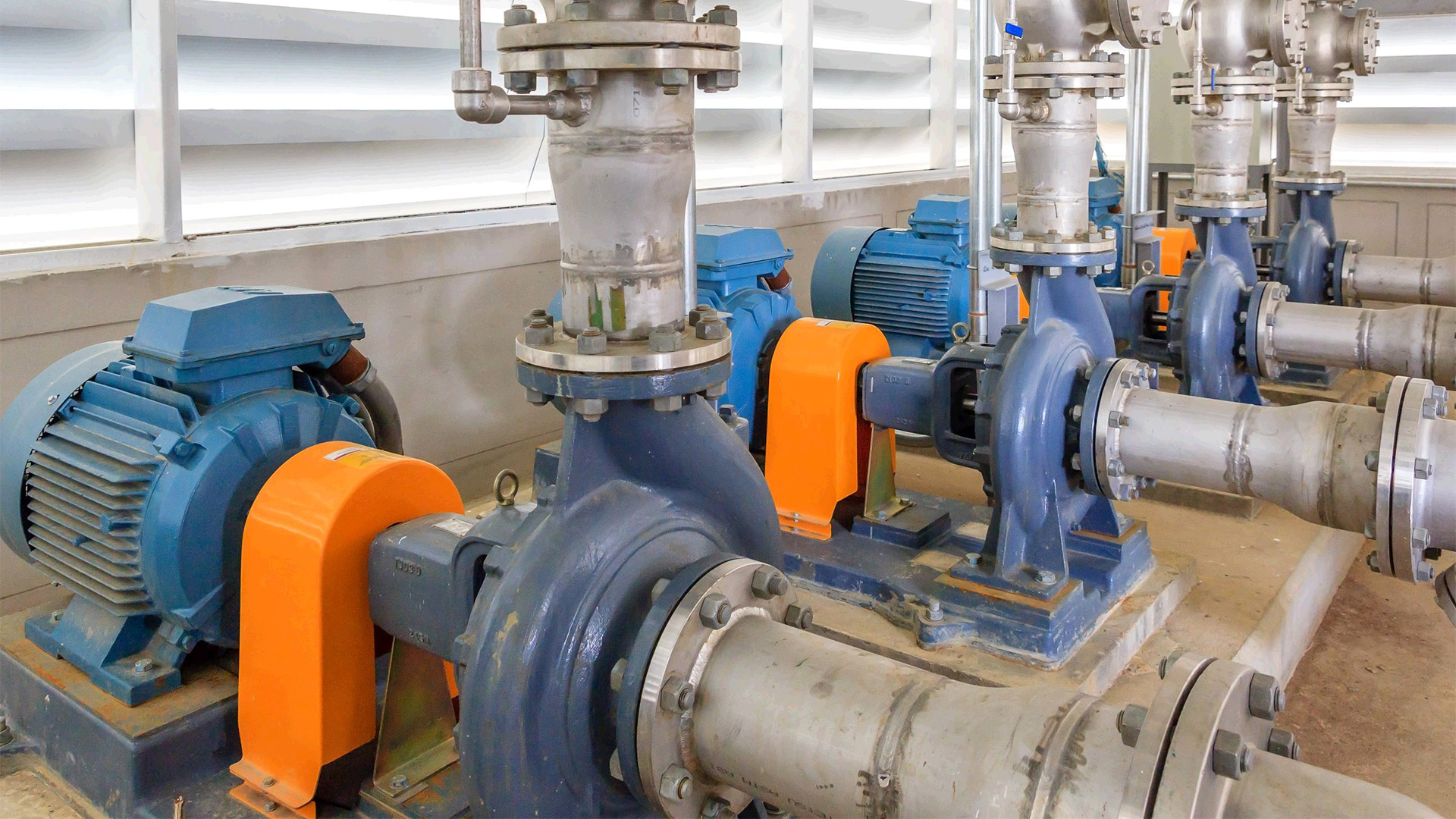
Before the slurry pump arrives at your site, several preparatory steps need to be completed to ensure smooth installation and operation:
Site accessibility: Make sure the site is accessible for large pump equipment. This includes providing sufficient space for offloading and setting up the pump, which is crucial for slurry pump rentals.
Power supply and connections: Ensure the pump has the necessary power supply. Some pumps are electrically powered, while others run on diesel, so the site must have the right infrastructure in place to support the pump’s operation.
Safety measures: Proper placement of the pump is essential for safe operation. Ensure the pump is secured and protected to prevent accidents. Additionally, make sure any personnel working with the pump are aware of safety protocols, especially when working with a hydraulic pump.
Environmental and regulatory considerations: Depending on your project, there may be environmental regulations that dictate where and how the pump can be used. This is particularly important in industries like mining or dredging, where environmental impact must be minimized during the slurry pump rental period.
Maintenance and Troubleshooting During Rental
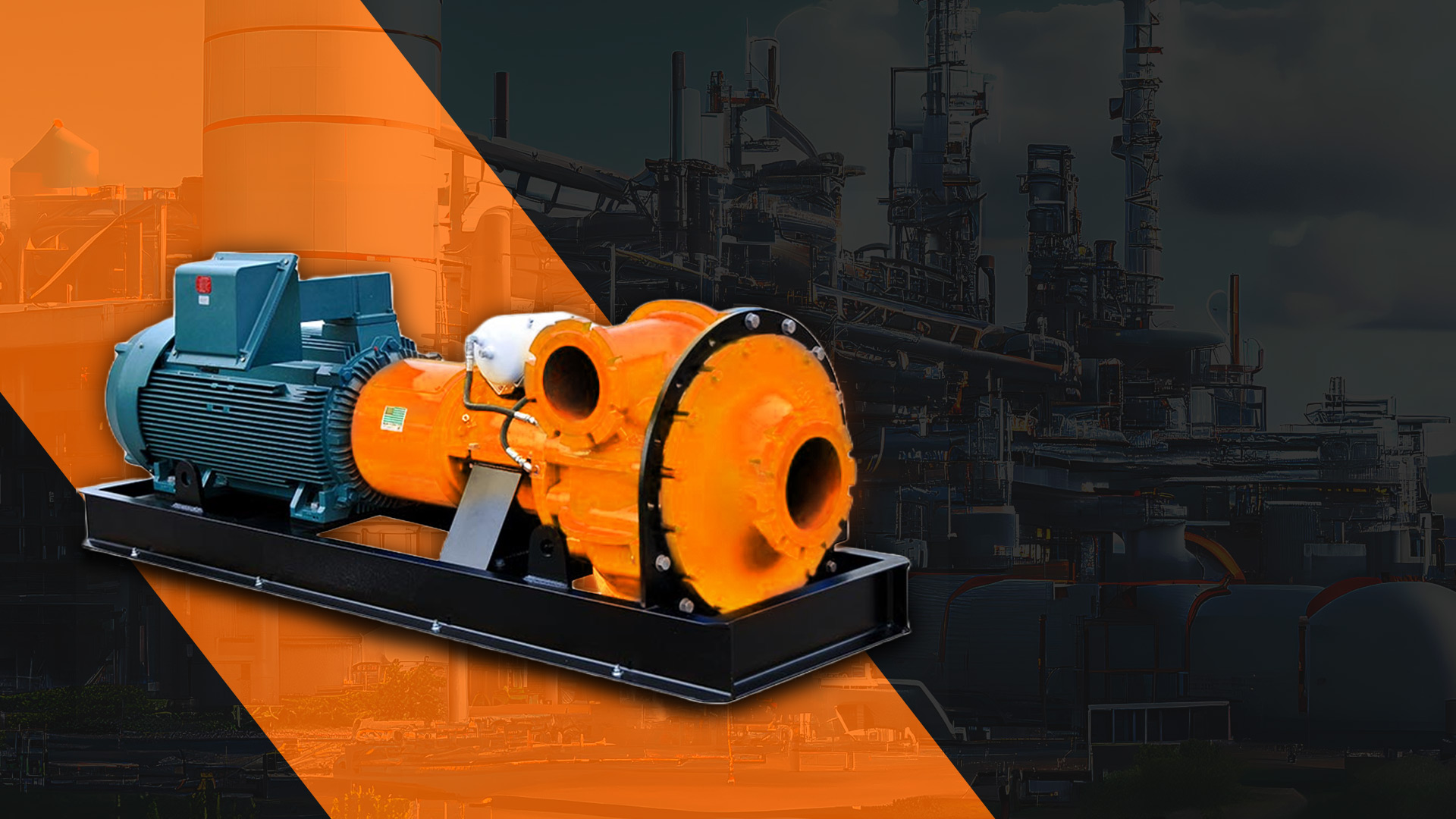
Even during a rental period, regular maintenance of the slurry pump is necessary to keep it functioning optimally.
Routine maintenance: Perform routine inspections on critical components such as seals, bearings, and impellers. Watch for wear and tear, especially if you’re working with abrasive or corrosive slurries during your pump rentals.
Pump failure or breakdown: If the pump malfunctions, have a plan in place. Work with the rental company to determine what services they offer in terms of maintenance, repairs, or replacements during the rental period. Some companies provide 24/7 support for their slurry pump rentals, while others may have specific response times.
Best Practices for Maximizing Efficiency and Reducing Downtime
To make the most out of your slurry pump rental, follow these best practices:
Optimizing pump settings: Adjust the pump settings according to the slurry’s characteristics, such as density and particle size, to ensure smooth operation. Failing to do so could lead to blockages or wear on the pump during the rental period.
Monitoring performance: Regularly check the pump’s performance metrics, including flow rate and pressure, to detect issues early. This can help prevent unnecessary downtime and improve overall efficiency during your rental period.
Energy consumption: Maximize energy efficiency by selecting a pump that meets the project’s needs without being oversized. Consider energy-saving technologies or practices to minimize operational costs during the rental period.
Safety Tips When Using Slurry Pumps
Slurry pumps handle hazardous materials, making safety a top priority. Follow these tips to ensure safe operation:
Operator training: Ensure all operators are trained on the pump’s operation and understand the risks involved with slurry pump rentals.
Personal protective equipment (PPE): Workers should wear appropriate PPE, including gloves, goggles, and protective clothing, especially when handling hazardous slurries.
Emergency response plans: Create an emergency response plan in case of equipment malfunction or environmental incidents during your hydraulic pump rental.
Conclusion
Proper preparation is key to ensuring a successful Slurry transfer pump rental experience. By understanding your project’s requirements, selecting the right equipment, and following best practices for installation, maintenance, and safety, you can maximize efficiency and minimize risks—partner with a reliable provider of pump rentals to ensure your project’s success.




